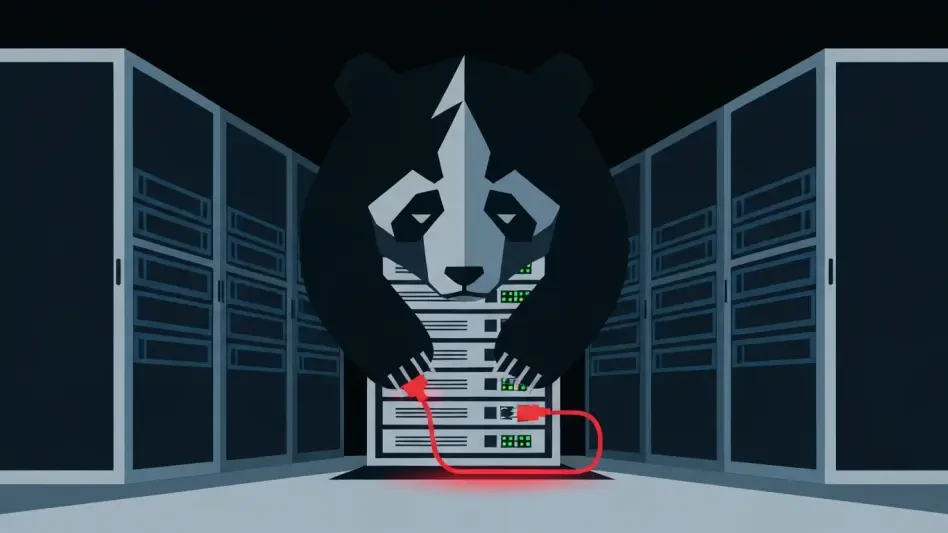Understanding the intricacies of modern cybersecurity challenges has become imperative for businesses navigating today’s digital realm. With increasing concerns over vulnerabilities, cyberattacks have escalated, threatening organizational integrity. This analysis delves into the current landscape of cybersecurity, offering insights into global businesses’ preparedness, investment trends, and emerging technologies reshaping protection strategies.
Navigating the Cybersecurity Landscape: Current Trends and Challenges
Cybersecurity has become a dominant topic within business risk assessments, primarily due to the exponential growth of digital interconnectivity. This interconnectedness has birthed sophisticated threats, ranging from ransomware to data extortion, with businesses finding themselves increasingly vulnerable. In response, governments have proposed stringent security and privacy laws. Yet, numerous enterprises express reservations regarding their readiness to comply fully, signaling ongoing apprehension.
The Evolution of Cybersecurity Priorities
Initially, cybersecurity was relegated to the background, but its significance has surged in recent years. As companies repeatedly endure breaches, the urgency to safeguard critical information has intensified. Historical shifts from mere technological enthusiasm to a profound sense of duty among firms highlight a deeply rooted impetus for change. Recognizing the evolution of these priorities provides clarity on why businesses must prioritize cybersecurity in strategizing their future operations.
Analyzing Industry-Specific Readiness Levels
A Closer Look at Sectoral Preparedness
The disparity in cybersecurity readiness across industries is stark. Surveys show that only a fraction of companies adhere strictly to international privacy regulations. Even sectors known for handling sensitive data, such as the financial and tech industries, exhibit vulnerabilities, emphasizing the necessity for continual improvement. These variations reveal the urgency for competitive sectors to strengthen defenses and confront threats head-on.
The Investment Gap: A Cause for Concern
A revealing insight is the persistent gap between recognized risks and actual investment in cybersecurity measures. A significant number of firms expressing compliance worries have yet to increase their budgets. While certain industries appear more committed to resource allocation, this hesitance showcases untapped opportunities to deploy advanced technologies and strengthen workforce capabilities. Acknowledging these trends urges companies to adopt forward-thinking security measures.
Regional Challenges and Technological Adaptation
Global markets face hurdles primarily stemming from policy discrepancies and diverse technological landscapes. Firms across Europe, despite stringent regulations, express uncertainty about their compliance competencies. Expert evaluations emphasize the role artificial intelligence will play in transforming cybersecurity tactics. However, the adaptation of AI transparency policies remains sluggish, revealing underlying misconceptions in readiness levels and necessitating context-specific approaches.
The Future of Cybersecurity: Innovations and Economic Impacts
The cybersecurity domain is set on a transformative path, with innovations like machine learning and blockchain posing dual potential for protection enhancement and novel threats. Economic forces might drive businesses to seek cost-effective solutions, influencing cybersecurity investments. Regulatory entities are likely to intensify scrutiny, prompting firms to re-evaluate compliance strategies. Projections indicate a fusion of emerging technologies with traditional security frameworks, demanding ongoing vigilance.
Reflecting on Cybersecurity Market Trends for Strategic Advancement
The examination of cybersecurity preparedness unveils critical insights into the divergence between perceived and actual readiness. Focused investments in defense strategies, embracing workforce evolution, and deploying cutting-edge technologies are paramount. Businesses must collaborate actively with regulatory bodies to shield their operations against cyber threats effectively. Past analyses stress the requirement for a proactive stance that aligns with evolving challenges and maintains industry-specific standards.
Embracing a Future-oriented Cybersecurity Narrative
Analyzing cybersecurity readiness underscores the importance of vigilance, adaptation, and strategic investment, crucial for ensuring seamless business performance. As the sophistication of cyber threats amplifies, the significance of robust defense mechanisms becomes apparent. Enterprises are left to ponder cybersecurity’s place within their operational framework, encouraged to integrate protective measures as an integral component in an era that continues to challenge security expectations.








